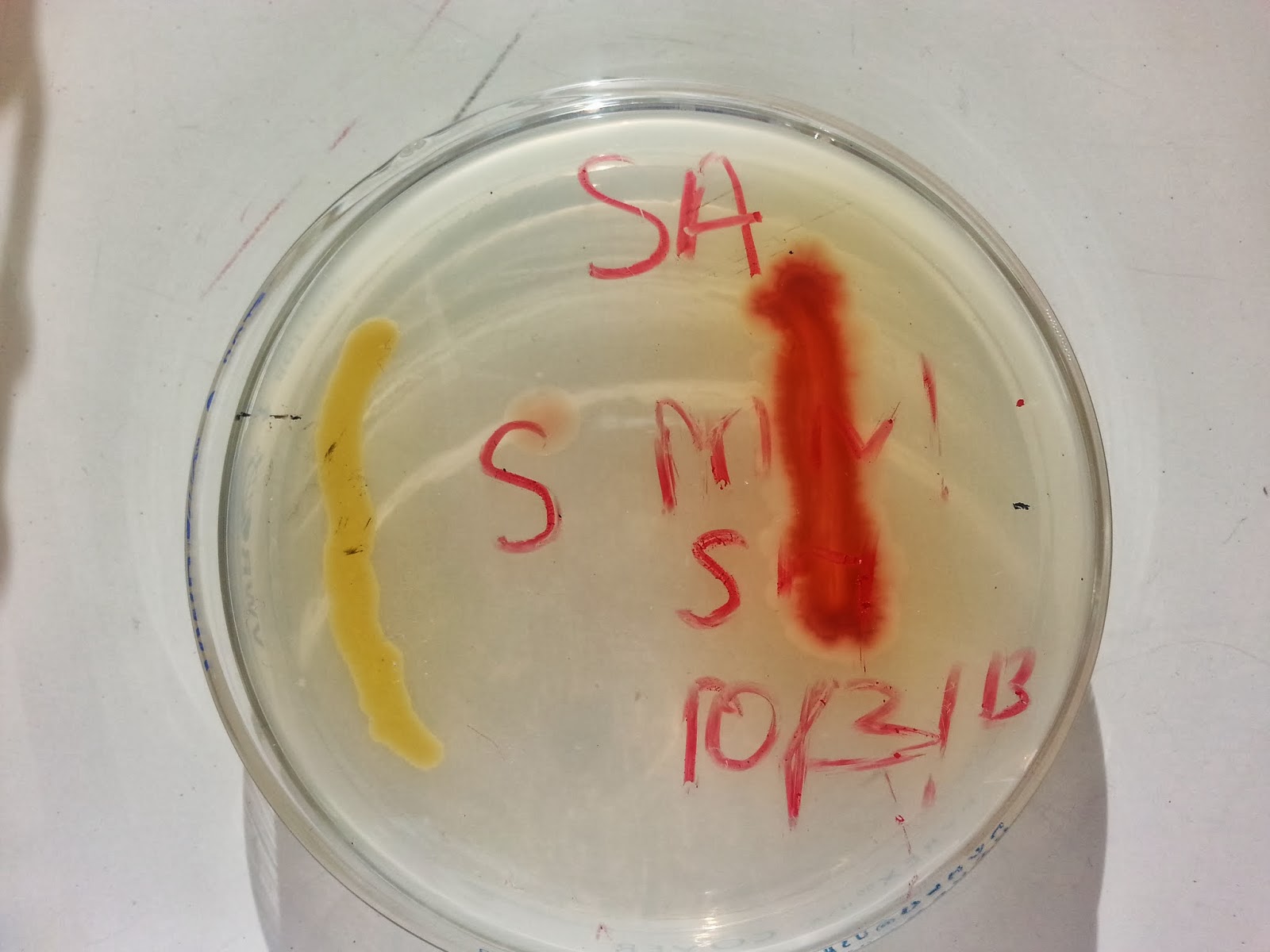

List of common bacteria and their reactions to the gelatin hydrolysis test performed on Nutrient Gelatin (3, 6). The test can also be used to differentiate genera of gelatinase-producing bacteria such Serratia and Proteus from other members of the family Enterobacteriaceae (6). tetani, are also positive for gelatin hydrolysis (6). Gram-positive, spore-forming, rodshaped, aerobic or anaerobic bacteria such as Bacillus anthracis, B. It distinguishes the gelatinase-positive, pathogenic Staphylococcus aureus from the gelatinase-negative, non-pathogenic S. This test aids in the identification of Serratia, Pseudomonas, Flavobacterium, and Clostridium (7, 11). Purpose The gelatin hydrolysis test detects the ability of bacteria to produce gelatinases. The API rapid test kit also ASM MicrobeLibrary 1Ģ allows rapid detection of gelatin hydrolysis with the diffusion of black pigment within the cupule along with other biochemical tests. With the advent of commerciallyavailable dehydrated culture media, including Nutrient Gelatin, gelatin hydrolysis tests can be done without the need for potentially hazardous reagents, thus, becoming safe and easy to do without a compromise in accuracy and reproducibility. However, the incorporation of these compounds does not eliminate the potential hazards associated with these chemicals during the experiment. Ninhydrin reagent, acid mercuric chloride, ammonium sulphate, and manganese sulphate) onto the inoculated media after incubation resulted in varying durations of the tests. In some of the tests that were evaluated, the addition of reagents or chemicals (e.g. The major difference lies within the number of hours before the results were detected, i.e. All methods evaluated gave accurate results. The need for a rapid and more accurate biochemical method for bacterial identification compelled McDade and Weaver in 1959 to evaluate different methods for the detection of gelatin hydrolysis (8). This method was found to be quicker than the gelatin stab method. In this method, gelatin hydrolysis was observed when charcoal particles were liberated and settled to the bottom of the culture tube. Green and Larks (1955) also reported a quick method for the detection of gelatin-liquefying bacteria using formalin denatured gelatin-charcoal (4). The plate test, however, did not eliminate the use of acid-mercuric chloride to visualize the digestion of gelatin. This comparison showed that hydrolysis of gelatin was generally more accurate and rapid in the simplified plate method (3 days) than in the stab method (up to 14 days) and Frazier s plate method (up to 4 days). Clarke (1953) described a simplified plate method using 10% leaf gelatin and HgCl 2 HCl solution for the detection of gelatin-liquefying bacteria and compared it with the gelatin stab method and the Frazier s plate method (2). In the 1950s, several modifications to this gelatin hydrolysis method were published aimed at providing a quicker, simpler, and more accurate detection of gelatin hydrolysis. The method for gelatin hydrolysis was then listed as one of the biochemical tests for bacteriology (1, 9). The method was tested against isolated intestinal Gram-negative bacilli by Barer and against aerobic spore-forming bacilli by Smith, Gordon and Clarke in 1946 as mentioned by Clarke (2). The digestion of gelatin was detected by treating plates with acidic mercuric chloride or tannic acid. In this plate method technique, the microorganisms grew on lowpeptone agar medium supplemented with gelatin. INTRODUCTION History In 1926, Frazier described the very first method to detect the ability of microorganisms to liquefy gelatin (2).

In this protocol, the history, theory, procedure, and interpretation of results will be discussed in detail. This test is helpful in identifying and differentiating species of Bacillus, Clostridium, Proteus, Pseudomonas, and Serratia. 1 The Gelatin Hydrolysis Test is used to detect the ability of microorganisms to produce the enzyme gelatinase.


 0 kommentar(er)
0 kommentar(er)
